Buying a new car is a process filled with questions, but not always answers. Unless you’re buying new cars every year, you probably aren’t sure just what to ask and what you need to know before you set foot on the dealer lot. So here are some of the important questions you need to ask before you bring home your next new car.
Questions to Ask Yourself
How much can I afford?
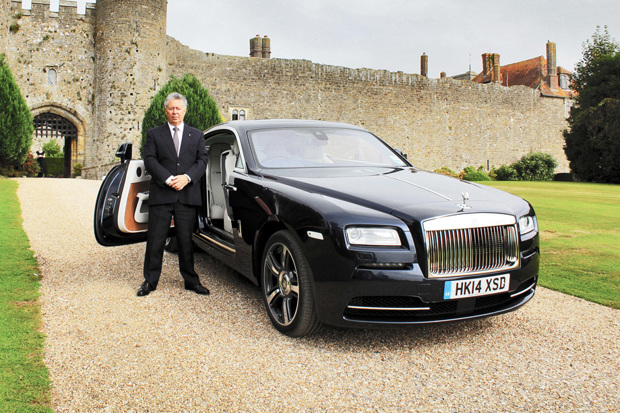
Once you’ve decided you want a new car, your first question should probably be how much you can afford. There are a few ways to look at that question – depending on how you’re planning to buy, how much can you afford as far as the purchase price, and how much you can afford as a payment.
When you’re calculating how much you feel you can afford, don’t forget about the extras that come with a new car. Government fees like sales tax and air conditioning fees, manufacturer fees like freight, and dealer fees like administration charges. Some are negotiable, others aren’t, but be aware that your car will cost more than the price on the window sticker.
If you’re looking at monthly payments and your budget, the same extras apply. But don’t forget about the term length. Sure, you can afford that monthly payment, but if you don’t notice the 96-month loan that goes with it then you could be paying far more than you wanted to. So, “how long” is as important as “how much”.
How am I going to use it?
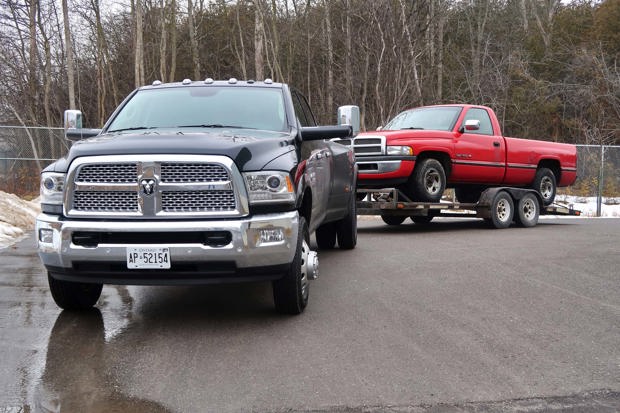
Next up, you can start picking the car or truck you want. Ask yourself how you’re going to use it. If you have a family of five, you’ll want the vehicles you’re looking at to have at least six seats (you’ll appreciate the extra room), or ideally seating for seven or eight. If you need to tow a travel trailer on the weekend, make sure you’re looking at something with a tow rating and payload that can handle your people, your gear, and your trailer.
Ask what changes your life or family are likely to see during your ownership. We won’t tell you to avoid the two-seat sports car because you might meet someone next year and have a new child in three years, but there are definitely some changes to keep in mind. Like if your pre-teen just barely fits in the third-row seat of that SUV today, that growth spurt in a year or two isn’t going to help them fit better.
What bells and whistles do I want?
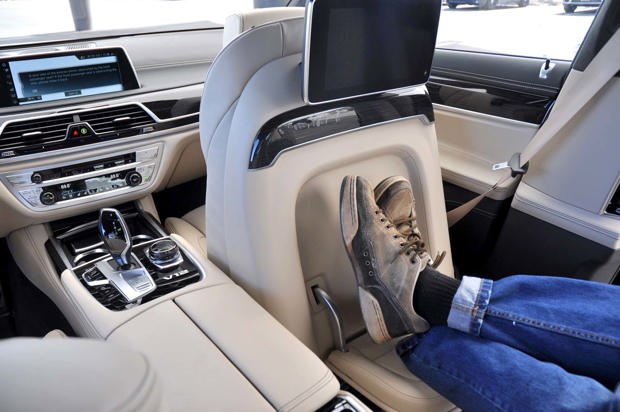
Now you know your budget and what class of vehicle you want. Time to ask what features you need. If a third pedal on the floor is a must-have, then it could limit where you’re shopping. Same goes for tech features. If you want Apple CarPlay or Android Auto, then keep in mind a few cars and trucks still lack those features. Or you might need to get the top-trim model, and that might be out of your price range.
Cars are adding safety tech too. If you want active cruise control, lane guidance, and self-parking, then make sure you’re looking at vehicles that offer those features. Keep in mind that certain classes of vehicles might not offer what you want. Like a power driver’s seat in a subcompact hatchback. Or self-parking on a one-tonne pickup.
How much fuel does it use?

How much fuel does it use? Modern vehicles are getting less thirsty at the gas pump, but some are better than others. If you’re looking at a long commute every day, then that L/100 km figure can be very important. On the other hand, if you’re planning to use the vehicle only on the weekends, then maybe something less thrifty isn’t a problem for you. Natural Resources Canada lists official estimated fuel economy figures for nearly every new vehicle.
How much are tires?
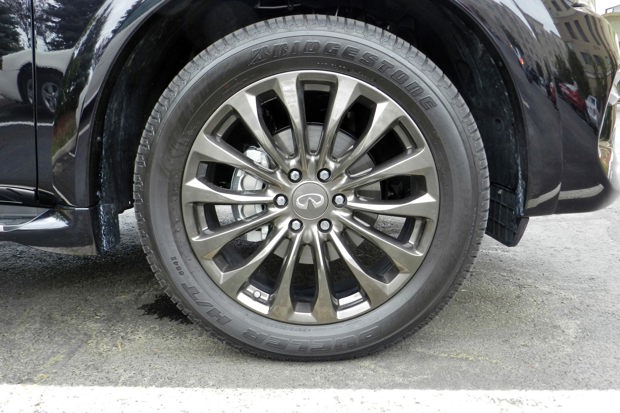
For many Canadians, you’re going to want winter tires on your new vehicle. Even if you avoid winter footwear for your car, you’ll need to replace them eventually. Ask your tire store how much they’ll cost for the cars you’re looking at. Those 20-inch alloys on the Lux-o-matic trim you’ve been eyeing might look great, but they could cost you dearly. But big diameter doesn’t always mean bigger cost, depending on the size. So get a quote before you buy that new vehicle, and make sure that quality tires fit your budget.
How much warranty do I want?
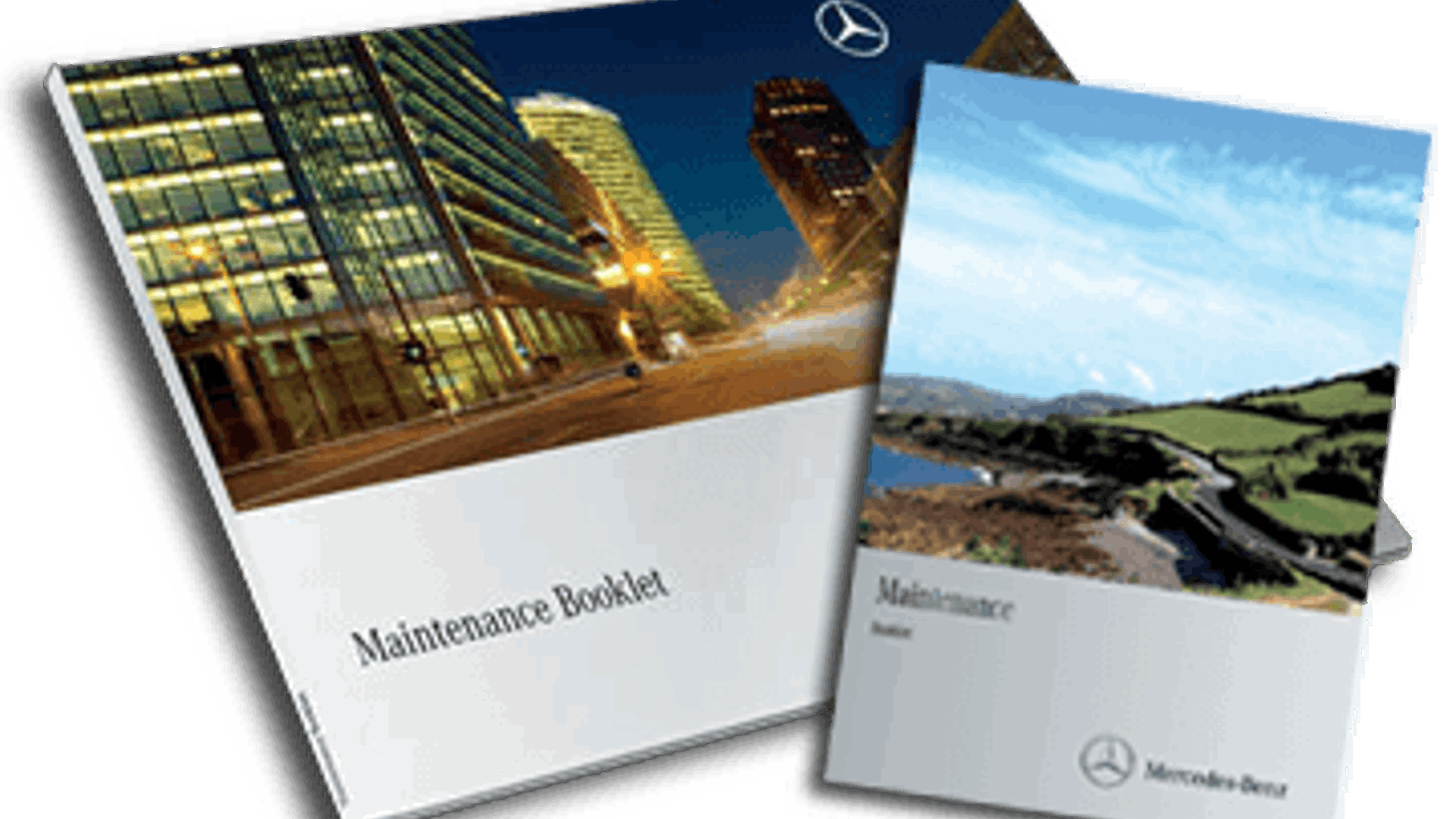
Do I want an extended warranty? We’ve taken a look at what warranties automakers offer, but you need to ask if that’s long enough for you. Or, put another way: “Can I afford a major repair after the factory coverage runs out?” If you’re looking at 36 months of warranty and 60 months of payments, you might want to look at an extended warranty. Most manufacturers offer them, and if the price is a little too high, you can negotiate those too.
Whatever you decide, be sure to read up on the manufacturer’s warranty terms and adhere to them closely – something like skipping oil changes could, at worst, void your coverage.
How much is insurance?
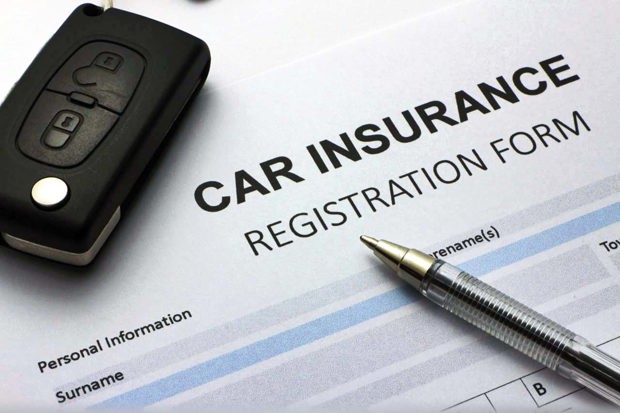
Insurance costs can vary by big amounts from car to car, based on the claim history of that vehicle. Ask your insurance company for a quote for the vehicles you’re interested in. They might all be close together, but you might be in for a surprise. Better before the purchase than after.
Questions to Ask the Dealer

Hopefully, by now you’ve narrowed it down to just a handful of models that you’re interested in: cars, trucks, or crossovers that meet your needs, meet your wants, and meet your budget.
Now there are two ways to go, and both are equally important: more budget questions, or test drive time. We’ll start with the budget.
What is the interest rate? (And what’s the term?)

The interest rate on a new car can make a big difference to how much you actually pay for your car. If automakers need a sales boost, or if the competitors are doing it already, dealer financing can offer extremely low interest rates. Like zero-percent loans for four years or more. Use automaker websites to see what interest rate they’re offering on the term you’re looking for. That zero-percent offer you saw on TV might be for a short term, while you’re looking at one that’s longer. The longer term might still be a good deal, but you might want to shop around. And some automakers aren’t offering a discounted rate at all.
So unless you’re looking at zero interest, ask your bank or credit union. Most offer personal loans or vehicle loans, and the rates can be competitive. The other benefit to getting a loan from the bank you already use is that you know you’re approved and what the rate is before walking into the dealership. It gives you another way to negotiate with the dealer, if they can beat it.
How much is my trade-in worth?

For an idea of the value of your trade-in, look for similar condition, year, and mileage models for sale on autoTRADER.ca. Just remember that a dealer is going to offer you less than that amount because they have to sell your car and pay their bills. What similar cars are selling for will still give you an idea of what you can expect from yours. If you aren’t happy with the trade-in offer, you can always list it and sell it yourself.
If you still owe money on your current car, ask your bank for your payout. If that amount is more than what your car is worth, you’ll need to either pay that amount or ask if the dealer can roll the outstanding amount into your new car loan.
Questions During the Test Drive

So you’ve narrowed it down to a few makes and models that meet all of your requirements so far. Now it’s test drive time.
Do I fit?
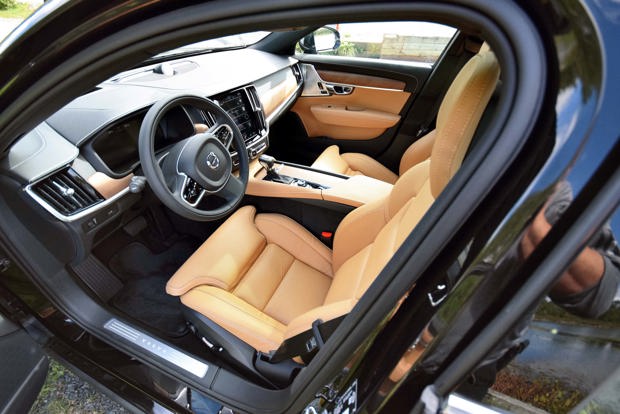
The first thing you need to ask once you sit in the vehicle is “do I fit?” If it’s tall, can you climb up? If it’s low, can you duck down? Can you get into the seat comfortably? If you can’t then it might not be the car for you.
Can I operate all the controls comfortably?
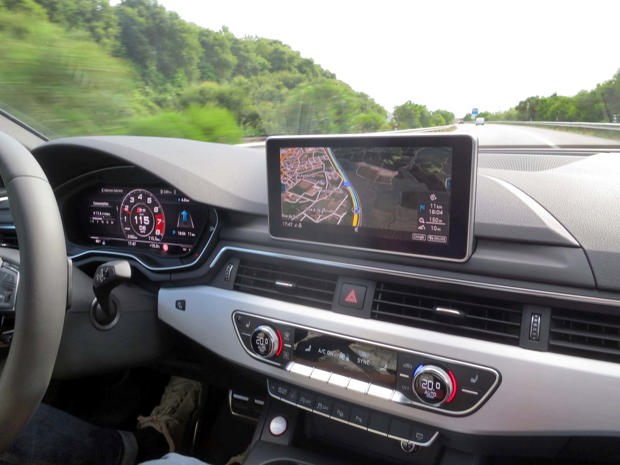
Once you’re in the seat, get everything adjusted properly. Your foot can touch the floor behind the brake pedal without stretching. Your arm reaches over the steering wheel to about your wrist. Once you have the seat and wheel in the right spot, can you reach the ventilation and radio controls comfortably?
Now set up your mirrors and take a good look around. Can you see comfortably out of the vehicle? Don’t make parking a chore. Are you comfortable sitting in this vehicle?
Does it work for my passengers and my stuff?
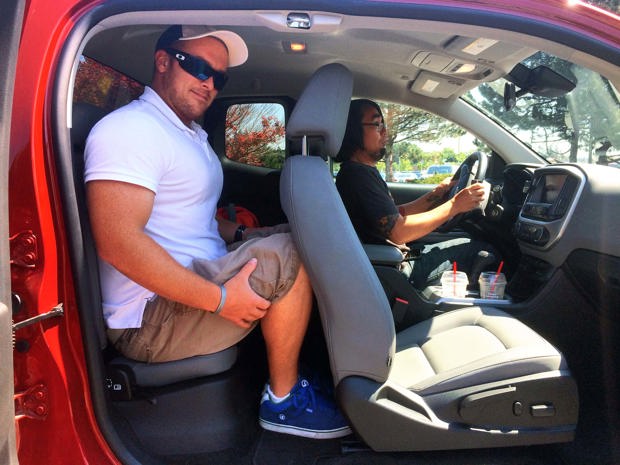
If you have kids, do their car seats fit? Are you happy with how easy it is to install or remove those seats?
Can all of your passengers fit in the car at once? If they can, are they comfortable? Can they easily climb into and out of the rear seats? If you have growing kids, check the legroom once they’re seated and see if they’ll continue to be comfortable for the duration of your ownership of the vehicle.
Do you regularly carry sports equipment or musical instruments or other bulky cargo? Bring them with you to the test drive and see how they fit. Can you easily fold the seats down? Can you easily close the trunk lid or rear hatch?
How does it drive?
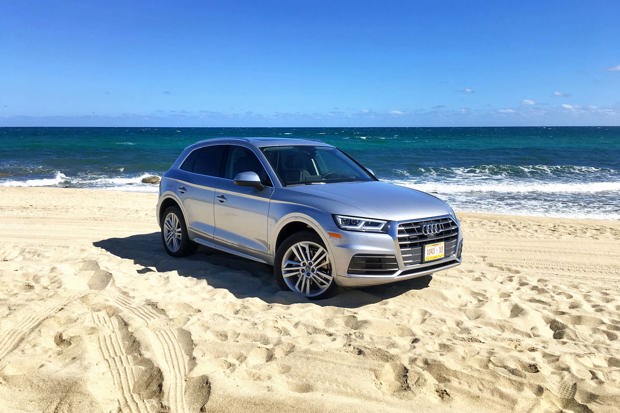
Finally, it’s time to drive. The dealer might set your test drive route, but talk to them and try to find one that is like your daily drive. If your road is gravel, try to find gravel. If it’s all highway, find some highway.
The question here is, “Am I confident behind the wheel?” Are you comfortable handling the vehicle? Do you like the steering feel? Do you like the throttle response? Is it peppy enough for you, or does it accelerate too slowly for that short off-ramp by your home? If it has a stop-start system, do you like the way it works, or do you find it intrusive?
What’s it like to live with?
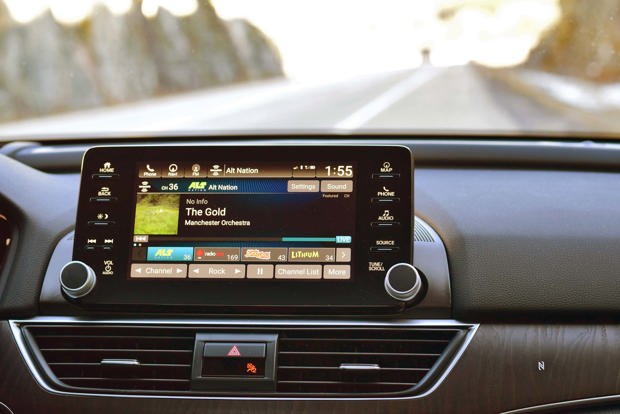
Check with your passengers if they are comfortable in their seats and how the vehicle behaves on rough roads. Can you converse easily on the highway? Does everyone have enough cupholders and storage space?
Check the driving aids and infotainment as well. How does the parking camera system perform? How’s the sensitivity of the lane-keeping/blind spot monitoring/collision mitigation system? Does the stereo sound good playing your favourite music? Can you easily make and receive calls using the handsfree system? How many USB ports are available for charging your devices?
The Most Important Question of All

If all of your crew fits, you’re happy with visibility, and you like the way it drives, you might just have found the new vehicle you’re looking for. At this point you should know the cost, your payments, your interest rate, your insurance, your tires, if your stuff fits, if you are comfortable, and if you can see out of it. You’re ready to buy. Right?
No. There’s one last question. And it’s an important one. This is the one question that makes a test drive so important.
Do I like it?
A vehicle could tick all the right boxes, but if you just don’t like it then you won’t be happy. And there are a lot of payments in front of you, so you should make sure you’re absolutely satisfied. If you just don’t like the model at the top of your list, that’s ok. A new car or truck is expensive, but it’s still an emotional purchase. You need to like your new wheels. The extra expense or slight compromise of the one you do like, even if it’s number two or even three on your list, might be the best money you’ll ever spend.
So now you’re ready, armed with all the questions you’ll need answered before you buy your next new car, truck, or SUV. Happy shopping!

